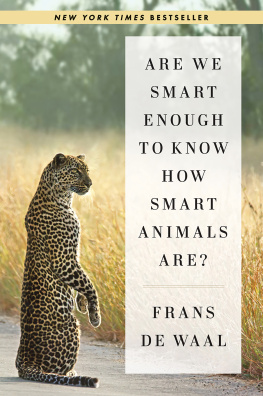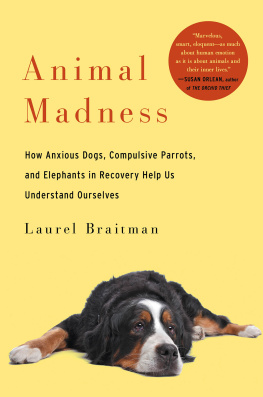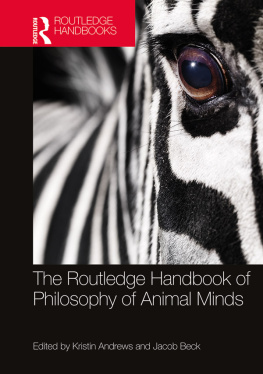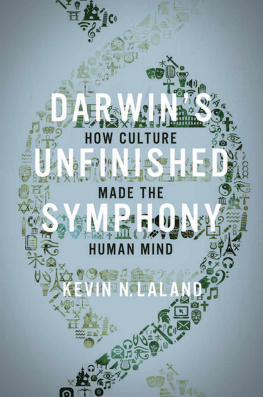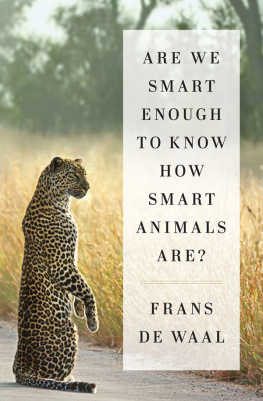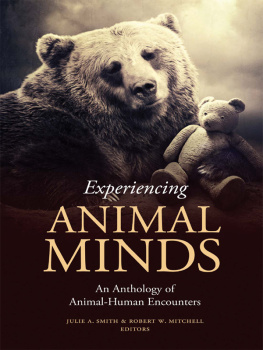THE GAP
THE GAP
THE SCIENCE OF WHAT
SEPARATES US FROM
OTHER ANIMALS
THOMAS SUDDENDORF
BASIC BOOKS
A Member of the Perseus Books Group
New York
Copyright 2013 by Thomas Suddendorf
Published by Basic Books,
A Member of the Perseus Books Group
All rights reserved. No part of this book may be reproduced in any manner whatsoever without written permission except in the case of brief quotations embodied in critical articles and reviews. For information, address Basic Books, 250 West 57th Street, 15th Floor, New York, NY 10107-1307.
Books published by Basic Books are available at special discounts for bulk purchases in the United States by corporations, institutions, and other organizations. For more information, please contact the Special Markets Department at the Perseus Books Group, 2300 Chestnut Street, Suite 200, Philadelphia, PA 19103, or call (800) 810-4145, ext. 5000, or e-mail .
Designed by Pauline Brown
Library of Congress Cataloging-in-Publication Data
Suddendorf, Thomas.
The gap : the science of what separates us from other animals / Thomas Suddendorf.
pages cm
Includes bibliographical references and index.
ISBN 978-0-465-06984-2 (e-book) 1. Psychology, Comparative. 2. Psychology. I. Title.
BF671.S86 2013
156dc23
2013017538
10 9 8 7 6 5 4 3 2 1
For Nina, Timo, and Chris
CONTENTS

THIS BOOK IS ABOUT YOU, what you are, and how you got here.
Biology puts beyond doubt that you are an organism. Like all living organisms, humans metabolize and reproduce. Your genome uses the same dictionary as a tulip and overlaps considerably with the genetic makeup of yeast, bananas, and mice. You are an animal. Like all animals, you have to eat other organismswhether plant, fungus, or animalfor sustenance. You tend to approach things you want to eat while avoiding things that want to eat you, just as spiders do. You are a vertebrate. Like all vertebrates, your body has a spinal cord that leads up to the brain. Your skeleton is based on the same blueprintfour limbs and five digitsas that of a crocodile. You are a mammal. Like all placental mammals, you grew inside your mother and after birth received her milk (or someone elses). Your body features the same terminal hair as a poodle. You are a primate. Like other primates, you have an immensely useful opposable thumb. Your view of the world is based on the same color vision as that of a baboon. You are a hominid. Like all hominids, you have shoulders that allow your arms to fully rotate. Your closest living animal relative is a chimpanzee. Yet it would be prudent of me to call you an ape only from a safe distance.
Humans tend to think of themselves as better than, or at least separate from, all other species on this planet. But every species is unique, and in that sense humans are no different. In the tree of life each species is a distinct branch with characteristics that set it apart from others. Humans differ from chimpanzees and other primates in some notable respects. We can lock our knees straight, have longer legs than arms, and habitually walk upright, freeing our hands to do things other than carry our weight. We have a chin. Our body surface is covered in sweat glands that provide a more effective cooling system than those of other primates. We have lost our canines and much of our protective fur, leaving males with the apparently pointless, but persistent, growth of beards. The iris of our eyes is relatively small and surrounded by white rather than dark sclera, making it easy for us to identify the direction of anothers gaze. Human females show no outward markers of their fertile phase, and human males lack a penis bone.
These are not exactly groundbreaking traits, compared to, say, the emergence of wings in birds, which predictably catapulted their bearers into a new sphere of possibility. Yet despite the paltry list of distinct physical attributes, we have managed to seize control of much of the planet. That is because our extraordinary powers do not derive from our muscles and bones but from our minds.
It is our mental capacities that have allowed us to tame fire and invent the wheel. They enable us to construct tools that make us stronger, fiercer, faster, and more precise, resilient, and versatile than any beast. We build machines that speed us from one place to the other, even to outer space. We investigate nature and rapidly accumulate and share knowledge. We create complex artificial worlds in which we wield unheralded powerpower to shape the future and power to destroy and annihilate. We reflect on and argue about our present situation, our history, and our destiny. We envision wonderful, harmonious worlds as easily as we do dreadful tyrannies. Our powers are used for good as they are for bad, and we incessantly debate which is which. Our minds have spawned civilizations and technologies that have changed the face of the Earth, while our closest living animal relatives sit unobtrusively in their remaining forests. There appears to be a tremendous gap between human and animal minds, the nature and origin of which is the topic of this book.
WE HAVE BECOME SO SUCCESSFUL that many of us think a god singled our species out to run the world. Jewish, Christian, and Islamic traditions, for example, all share the fundamental belief that a universal god created humanity in his image, that only we are imbued with a soul, and that a glorious afterlife awaits those who follow a set of divine prescriptions. Nonhuman animals in these plots are cast as extras, and humans are given express rights to exploit them.
However, a couple of hundred years ago a range of inconvenient facts emerged to paint a very different picture of our place in nature. None were probably more profound than the extraterrestrial observations of Wilhelm Herschel. After moving from Germany to England, Herschel started to construct telescopes and study the night sky. His first breakthrough was the discovery of a new planet in our solar system, Uranus, in 1781. With the help of his sister Caroline and the royal support of King George III (before the madness), Herschel changed our view of the centrality of our Earth well beyond what Copernicus had done, cataloguing thousands of new star clusters and nebulae, and discovering the dynamic nature of the universe. He recognized that our solar system is traveling through space and that astronomical objects are born, change, and eventually diea fate also in store for our own sun. He realized that starlight travels such enormous distances that some stars we see today have in fact already long died. The world turned out to be bigger, older, and more dynamic than anyone had anticipated.
Astronomy has demonstrated that we sit on a tiny speck in one of the billions of solar systems of the Milky Way, itself a galaxy among billions of others. This puts humanity, and all our troubles, in a radically new perspectiveas Monty Pythons Galaxy Song urges us to recognize, while memorably summarizing some of the key discoveries about our place in the cosmos:
Just remember that youre standing on a planet thats evolving and revolving at 900 miles an hour
Thats orbiting at 19 miles a second, so its reckoned, a sun that is the source of all our power
The sun and you and me, and all the stars that we can see are moving at a million miles a day
Next page


